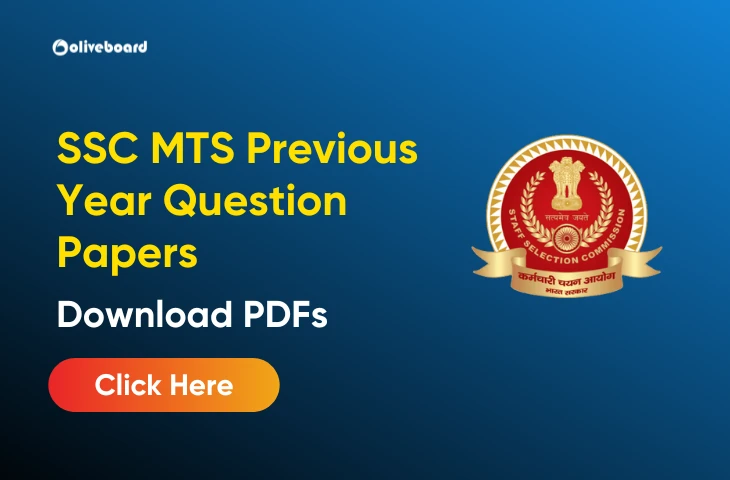SBI Full Form
SBI stands for “State Bank of India”. The State Bank of India (SBI) is a public sector bank and a multinational financial services company headquartered in Mumbai. Established on July 1, 1955, through the nationalization of the Imperial Bank of India, SBI has played a crucial role in shaping the financial landscape of India. The full form, State Bank of India, reflects its status as a government-owned institution that operates not only within the borders of India but also on a global scale. In this article, we will explore the full form of SBI, its origins, functions, and its impact on the banking sector.
SBI Full Form in Hindi
SBI का मतलब “स्टेट बैंक ऑफ इंडिया” है। भारतीय स्टेट बैंक (एसबीआई) एक सार्वजनिक क्षेत्र का बैंक और एक बहुराष्ट्रीय वित्तीय सेवा कंपनी है जिसका मुख्यालय मुंबई में है। 1 जुलाई, 1955 को इंपीरियल बैंक ऑफ इंडिया के राष्ट्रीयकरण के माध्यम से स्थापित, एसबीआई ने भारत के वित्तीय परिदृश्य को आकार देने में महत्वपूर्ण भूमिका निभाई है।
Key Features of SBI
- Government Ownership: SBI is a government-owned bank, with the Government of India holding a significant stake. This ownership structure reflects its role as a key player in the implementation of government policies related to banking and finance.
- Extensive Branch Network: SBI boasts an extensive network of branches and ATMs across the length and breadth of India. This widespread presence makes it accessible to a diverse range of customers, from urban centers to rural areas.
- Multinational Presence: Beyond its domestic operations, SBI has a substantial international presence with branches and subsidiaries in various countries. This global footprint contributes to its standing as one of the largest banking institutions in the world.
- Diverse Financial Services: In addition to traditional banking services, SBI provides a wide range of financial products and services, including insurance, investment banking, credit cards, and wealth management. This diversification positions it as a comprehensive financial solutions provider.
Functions of SBI
- Retail Banking: SBI caters to a vast customer base through its retail banking services. This includes savings accounts, fixed deposits, personal loans, home loans, and various other financial products designed for individual customers.
- Corporate Banking: SBI serves the financial needs of corporate clients, offering services such as business loans, working capital financing, treasury services, and trade finance. Its robust corporate banking division supports the growth and development of businesses across sectors.
- International Banking: With a significant global presence, SBI engages in international banking operations. It provides services like foreign exchange, trade finance, and investment banking to facilitate cross-border transactions.
- Digital Banking: Embracing technological advancements, SBI has invested in digital banking solutions. It offers online and mobile banking services, making it convenient for customers to access and manage their accounts from anywhere.
Impact on the Indian Economy
- Financial Inclusion: SBI’s extensive branch network has played a crucial role in promoting financial inclusion. By reaching remote and underserved areas, it has facilitated access to banking services for a large segment of the population.
- Government Banking Partner: SBI serves as the banker to the Indian government, managing its finances, handling transactions, and participating in the implementation of government schemes. This partnership is vital for the smooth functioning of the country’s financial system.
- Lending to Key Sectors: As a major lender, SBI contributes significantly to key sectors of the economy, including agriculture, small and medium enterprises (SMEs), and infrastructure. Its role in financing projects and businesses supports economic growth.
- Stability and Trust: SBI’s longstanding presence and government backing contribute to its reputation for stability and trust. This trust is essential in attracting deposits and investments, fostering confidence in the overall banking system.
Challenges and Innovations
- Technological Adaptation: Like many other banks, SBI faces the challenge of adapting to rapidly evolving technologies. The rise of fintech and digital banking necessitates continuous innovation to meet changing customer expectations.
- Competition in the Banking Sector: The banking sector in India is highly competitive, with both public and private banks vying for market share. SBI must navigate this competitive landscape to maintain its position as a leader.
- Risk Management: Given its diverse portfolio, SBI must effectively manage risks associated with lending, investments, and international operations. Robust risk management practices are crucial for sustained success.
Conclusion – SBI Full Form
In conclusion, the State Bank of India (SBI) stands as a cornerstone of India’s banking sector, with a legacy dating back to its establishment in 1955. The full form, State Bank of India, encapsulates its role as a nationalized bank that has grown to become a global financial institution. With its extensive reach, diverse services, and impact on the Indian economy, SBI continues to be a key player in shaping the financial landscape of the nation. As it navigates challenges and embraces innovations, SBI remains a symbol of stability, trust, and financial inclusion in the dynamic world of banking.
- SSC CHSL Previous Year Question Papers with Solutions, Download Free PDFs
- SSC GD Previous Year Question Papers & Solutions, Download Free PDFs
- SSC MTS Previous Year Question Papers & Solutions, Download PDFs
- SSC CGL 2025 Tier 1 Question Papers, Shift-Wise PYPs, Download PDFs
- RRB NTPC Scorecard Out for CBT 2, Check Details
- Sarkari Result 2025, Latest सरकारी नौकरी Updates & Results
SBI Full Form – FAQs
Ans. SBI stands for “State Bank of India”.
Ans. SBI का मतलब “स्टेट बैंक ऑफ इंडिया” है।

Hello, I’m Aditi, the creative mind behind the words at Oliveboard. As a content writer specializing in state-level exams, my mission is to unravel the complexities of exam information, ensuring aspiring candidates find clarity and confidence. Having walked the path of an aspirant myself, I bring a unique perspective to my work, crafting accessible content on Exam Notifications, Admit Cards, and Results.
At Oliveboard, I play a crucial role in empowering candidates throughout their exam journey. My dedication lies in making the seemingly daunting process not only understandable but also rewarding. Join me as I break down barriers in exam preparation, providing timely insights and valuable resources. Let’s navigate the path to success together, one well-informed step at a time.






